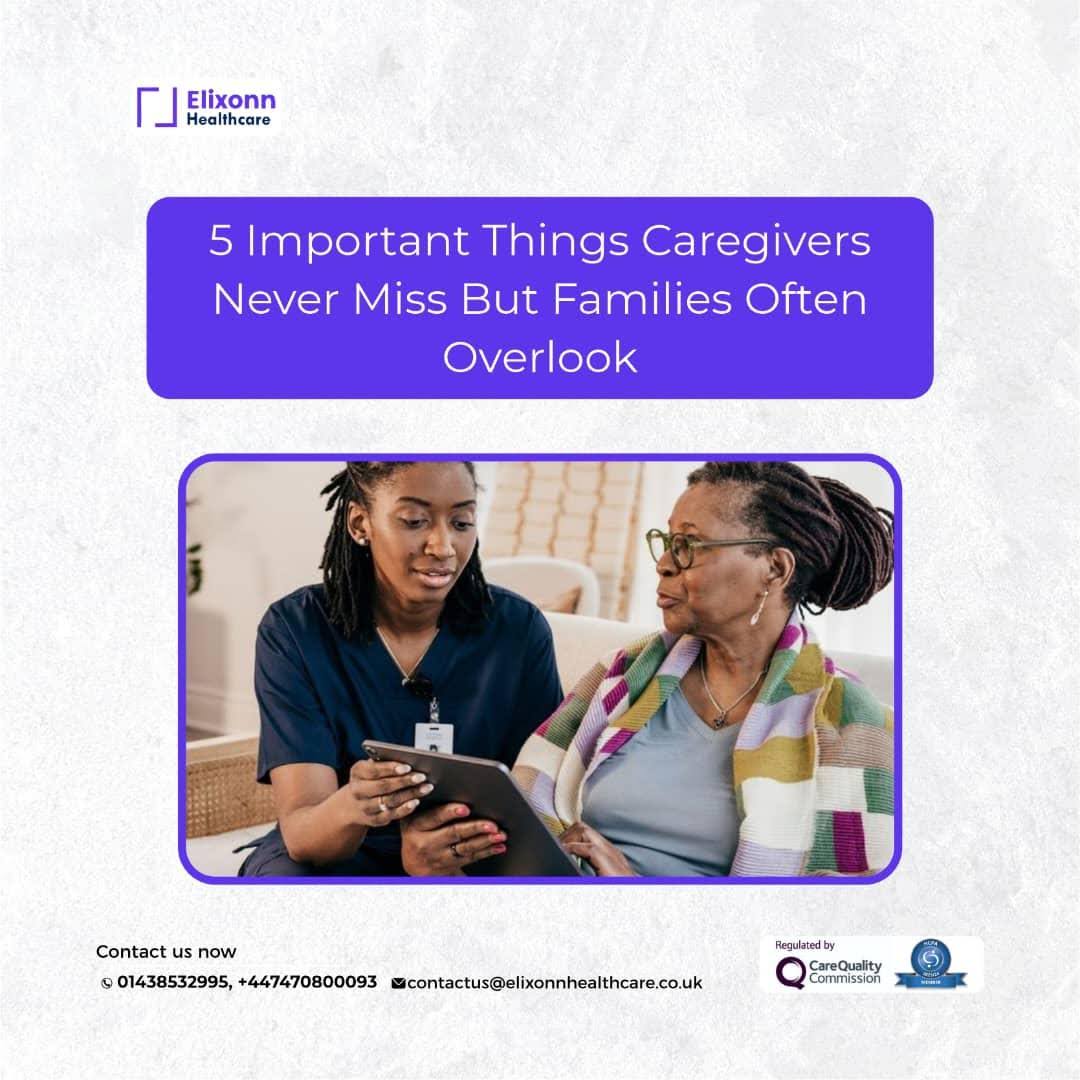Parkinson’s disease (PD) is a neurodegenerative disorder that affects millions of people worldwide. While there’s currently no cure, there are many ways to manage the symptoms and live a full and active life. This blog post offers guidance for both patients and caregivers navigating life with Parkinson’s.
Understanding Parkinson’s
Parkinson’s disrupts the brain’s production of dopamine, a crucial chemical for movement control. This can lead to tremors, stiffness, slowness of movement, and balance problems. Other symptoms may include fatigue, sleep disturbances, and cognitive changes.
The progression of Parkinson’s varies significantly between individuals. Some people experience a slow decline, while others see symptoms worsen more rapidly. Early diagnosis and a proactive approach to management are key to optimizing quality of life.
Living with Parkinson’s: A Patient’s Perspective
If you’ve been diagnosed with Parkinson’s, it’s natural to feel overwhelmed or anxious. Remember, you’re not alone. Here are some tips to help you manage your condition and stay positive:
Build a strong healthcare team: Find a neurologist specializing in movement disorders and work with them to create a personalized treatment plan. This may include medication, physical therapy, occupational therapy, and speech therapy.
Embrace exercise: Regular physical activity can significantly improve your symptoms. Consider activities like walking, swimming, cycling, or dancing. Exercise helps maintain flexibility, strength, and balance, and can also boost mood and energy levels.
Maintain a healthy diet: Eating a balanced diet rich in fruits, vegetables, and whole grains can improve your overall health and well-being. It’s also important to stay hydrated.
Don’t neglect your mental health: Parkinson’s can increase your risk of depression and anxiety. Talk to your doctor if you’re experiencing emotional difficulties. Therapy and support groups can be immensely helpful.
Stay connected: Social interaction is vital. Spend time with loved ones, join a Parkinson’s support group, or participate in activities you enjoy.
Plan for the future: Discuss your care preferences with your family and healthcare team. Consider legal documents like a living will and power of attorney to ensure your wishes are respected.
Supporting Someone with Parkinson’s: A Caregiver’s Guide
Caring for someone with Parkinson’s requires patience, understanding, and a willingness to learn. Here are some ways you can best support your loved one:
Educate yourself: Learn about Parkinson’s disease, its symptoms, and treatment options. This knowledge will help you anticipate challenges and provide more effective care.
Become a communication bridge: Parkinson’s can affect speech and communication. Be patient, listen actively, and help your loved one find alternative ways to express themselves.
Assist with daily activities: As the disease progresses, your loved one may need help with everyday tasks like dressing, bathing, and eating. Be supportive and offer assistance without being overbearing.
Encourage independence: While offering help, it’s important to encourage your loved one to remain as independent as possible. This fosters a sense of control and improves self-esteem.
Practice self-care: Caring for someone with Parkinson’s can be emotionally draining. Take time for yourself to relax, recharge, and avoid burnout. Consider joining a support group for caregivers or seeking professional help if needed.
Conclusion
Living a fulfilling life with Parkinson’s is possible. By working together, patients, caregivers, and healthcare professionals can create a management plan that optimizes well-being and allows individuals with Parkinson’s to continue living active and engaged lives.



